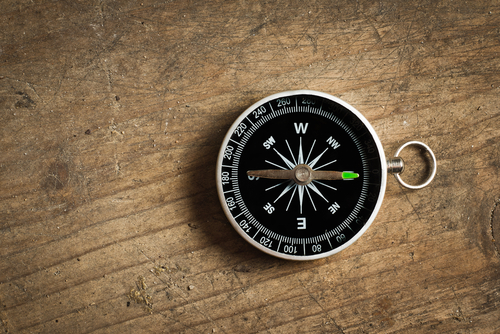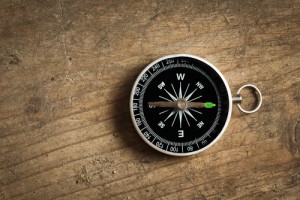July 29, 2014 – Today’s guest blogger is Lilia Ortiz, a freelance writer, graphic design student and bookworm. She has edited Pax the Polar Bear, a children’s book on global warming. Find her on Twitter, LinkedIn and Google+. Her topic reminds us that some of the technologies we have used in the past are relevant to both the present and future. And although I have dispensed with my fax machine, a technology that first appeared a century ago, it seems that doctors and lawyers remain dedicated to this form of communication. But that’s enough from me. Here is Lilia’s take on technology that has stood the test of time. I’m sure you, my readers, can think of other technologies that persist even under the constant disruptive innovation of this 21st century.
Quick, what version of the iPhone is rumored to be released this September? Five? Six? Seven? According to Tech Radar, the correct answer is the iPhone 6.
If Apple’s constant upgrades have taught us anything, it’s that the newest and fastest gadget is always better. However, some tech tools, like the compass and satellite phone prove this statement wrong. Their seemingly simple design might not be the most modern, but their functions are certainly still useful.
The Compass
The humble compass might not look like much next to a smartphone, but it’s directional capabilities are far superior. Unlike a GPS device or phone, a compass doesn’t run out of battery or need a signal. A detailed topographic map and a compass continue to be the primary tools for navigation during outdoor expeditions, says REI. Compasses range in complexity, but all essentially have the same function: to keep you from getting lost.
The Wristwatch
Much like the compass, the wristwatch is still around because it doesn’t need to be charged everyday, and it doesn’t require a network to function.
Business Insider predicts that the wristwatch industry will continue to thrive, long after the release of Apple’s smartwatch. The main reason for the wristwatch’s continued popularity isn’t nostalgia. This tech tool has stood the test of time because it has converted itself into a fashion statement. Brands like Rolex and Cartier sell luxury watches that are practical and coveted by many for their appearance.
The Satellite Phone
Although it might look like a bulky cellphone from the ’90s, the satellite phone is a powerful device that lets you talk to anyone, anywhere—your current cellphone provider can only dream of being able to offer you Earth-wide coverage.
This tech tool is great for frequent travelers, government officials or individuals worried about a zombie apocalypse. You never know when our telecommunication infrastructure is going to give out, right? Since satellite phones rely on a network of satellites, explains Forbes, they don’t depend on a localized cell tower or have area restrictions.
The SIM Card
Did you know that the SIM card, or Subscriber Identification Module, is nearly 22 years old? Yeah, talk about feeling ancient.
This device identifies customers on cellular networks worldwide, states Minyanville. Furthermore, a study by GSMA found that SIM cards are so widely used that there will soon be more of these tiny tech tools than there are people on Earth.
Of course, SIM cards have evolved since the ’90s. Our current micro- and nano-SIM cards, for instance, are smaller and hold more data.
The Fax Machine
This quintessential staple of the ’80s is still around today. We might have cordless phones and high-speed Internet, but the fax machine continues to thrive in offices simply because there isn’t anything else quite like it.
One reason fax machines still exist, states Intel Free Press, are signatures. Many businesses don’t accept signed contracts that are scanned and emailed in PDF format. And, the future continues to look bright for fax machines after Research and Markets estimated a 3.4 percent annual growth rate between 2012 and 2017, which means that the fax machine industry will go from $385 million to $455 million in just 5 years.















